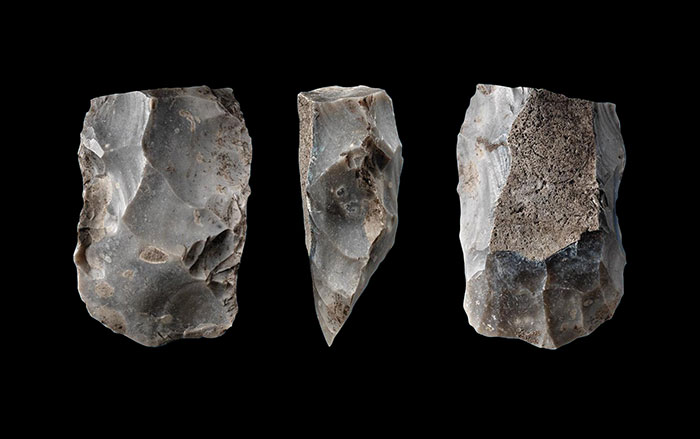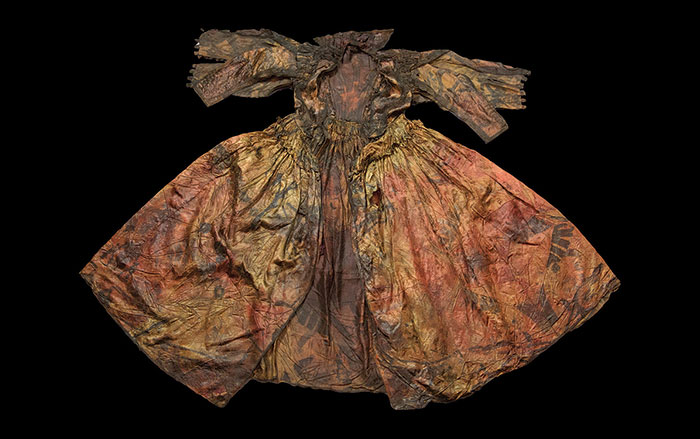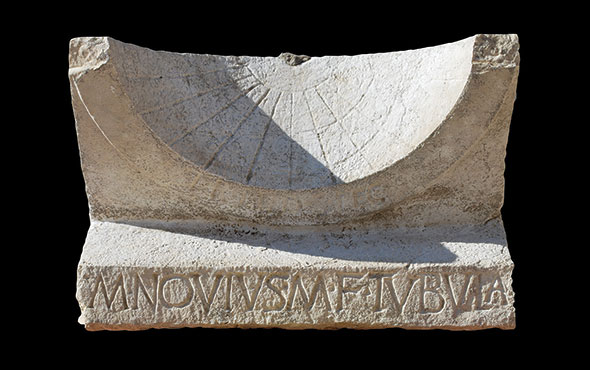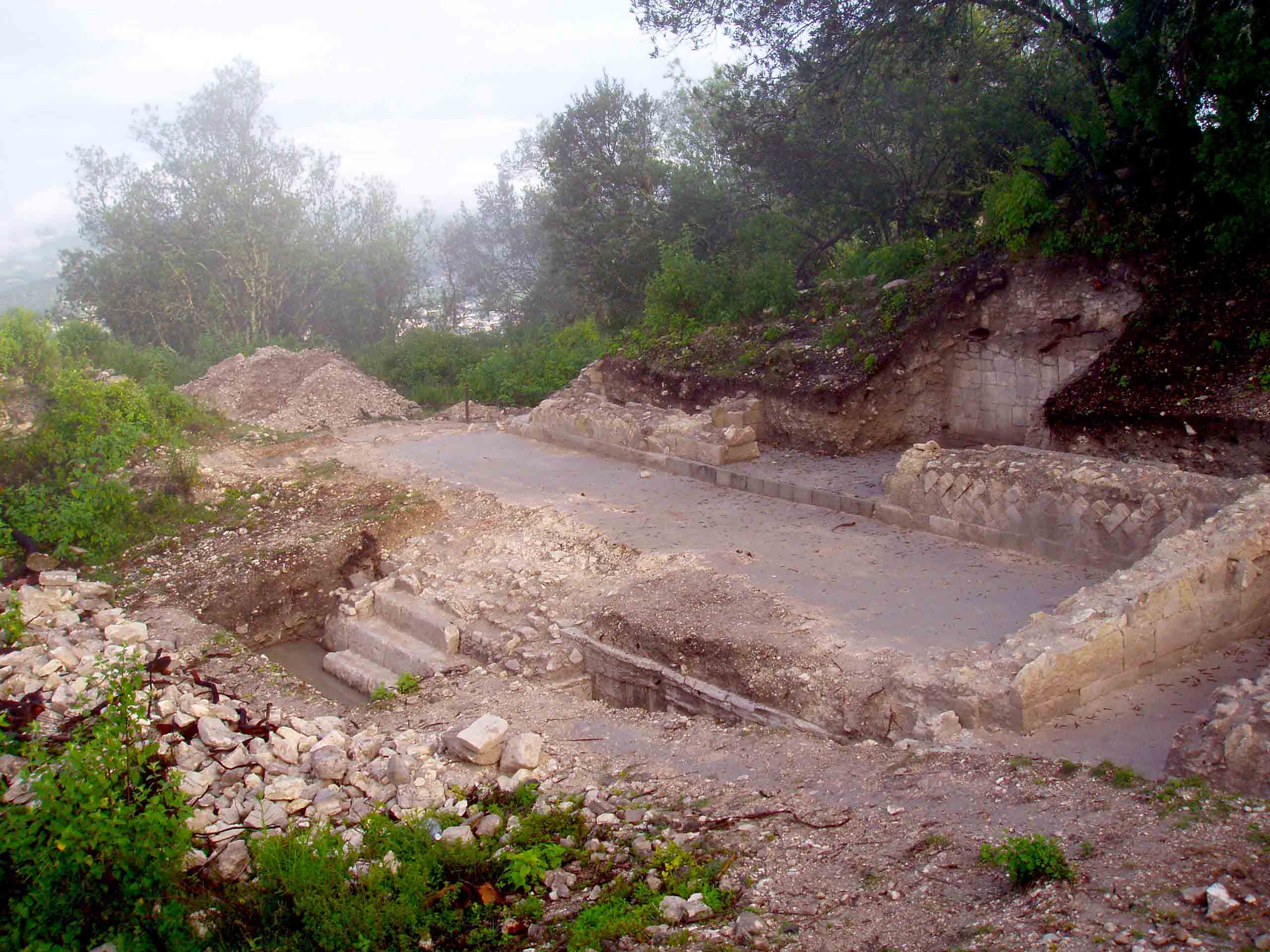COPENHAGEN, DENMARK—Cosmos reports that two latrines made from partially buried wine barrels were found under a road that cut through the center of Copenhagen in the late seventeenth century. The latrines were originally placed in a garden. Mette Marie Hald of Denmark’s National Museum analyzed the excrement in the barrels, and found the residents enjoyed a diet of barley, oats, wild cherries, coriander, turnips, lettuce, hops, and mustard, in addition to herring, eels, and pork. Most of the recovered bone fragments were too degraded to identify, however. Some of the foods eaten by the Danes had been imported, such as figs, grapes, bitter orange, and lemons from the Mediterranean, buckwheat husks from the Netherlands, and cloves from Indonesia. Hald and her colleagues also detected the presence of roundworms, whipworms, and a tapeworm. The scientists concluded that Denmark’s Renaissance-era residents ate well, but poor hygienic conditions led to parasitic infestations. For more, go to “Vikings, Worms, and Emphysema.”
Seventeenth-Century Danish Latrines Analyzed
News June 20, 2018
Recommended Articles
Features September/October 2025
Here Comes the Sun
On a small Danish island 5,000 years ago, farmers crafted tokens to bring the sun out of the shadows


Digs & Discoveries July/August 2024
Bronze Age Beads Go Abroad

Artifacts July/August 2023
Norse Gold Bracteate

-
Features May/June 2018
Global Cargo
Found in the waters off a small Dutch island, a seventeenth-century shipwreck provides an unparalleled view of the golden age of European trade
 (Kees Zwaan/Courtesy Province of North Holland)
(Kees Zwaan/Courtesy Province of North Holland) -
Letter From the Philippines May/June 2018
One Grain at a Time
Archaeologists uncover evidence suggesting rice terraces helped the Ifugao resist Spanish colonization
 (Jon Arnold Images Ltd/Alamy Stock Photo)
(Jon Arnold Images Ltd/Alamy Stock Photo) -
Artifacts May/June 2018
Roman Sundial
 (Courtesy Alessandro Launaro)
(Courtesy Alessandro Launaro) -
Digs & Discoveries May/June 2018
Conquistador Contagion
 (Christina Warinner. Image courtesy of the Teposcolula-Yucundaa Archaeological Project)
(Christina Warinner. Image courtesy of the Teposcolula-Yucundaa Archaeological Project)


